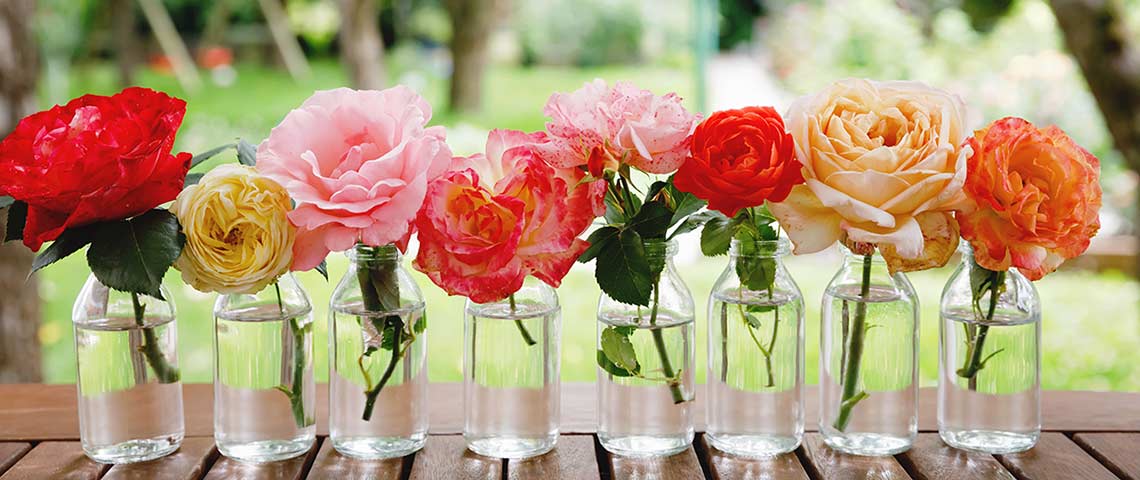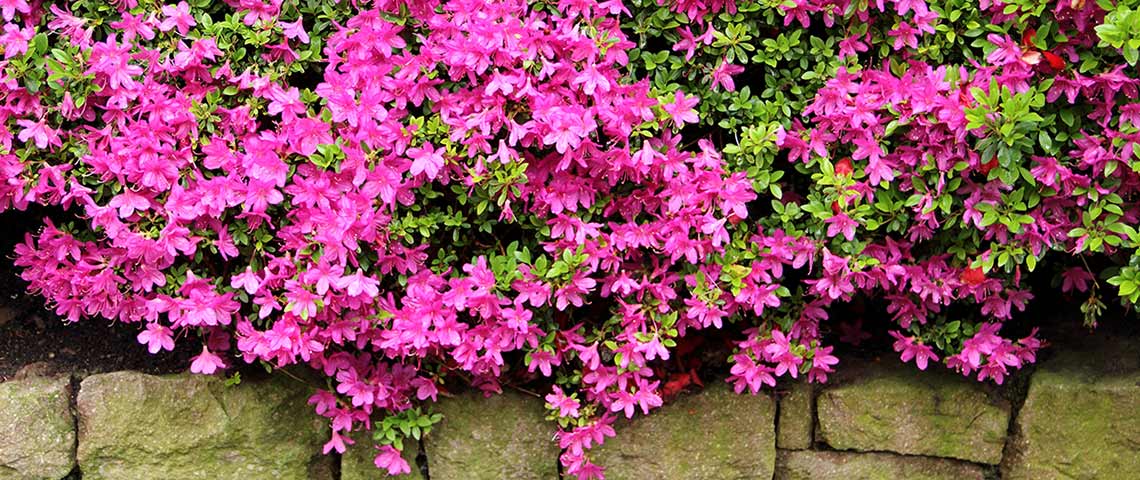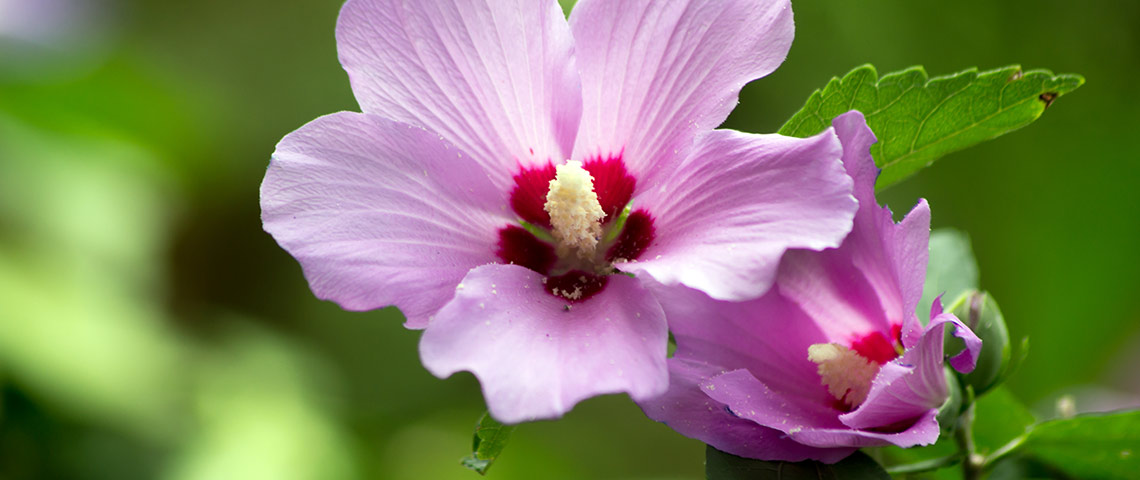How to Plant and Care for Pansies
During cool spring and fall seasons, when lots of flowers go into hiding, pansies can flood your garden with color and subtle fragrance. Adored by people who relish cool-season blooms — and chefs who savor edible flowers — pansies and their smiling "faces" exude nostalgic charm. Ready to celebrate the changing seasons with petite bouquets and gorgeous garden beds? Pansies are up to the task.
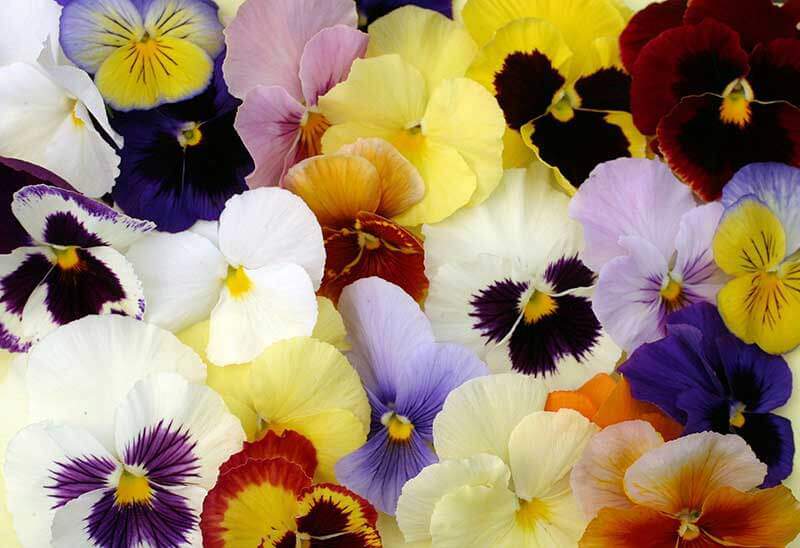
Pansies come in a variety of colors, with and without "smiling" blotches.
Timing Cool-Weather Pansies
Pansies flourish during spring and fall when nights are cool and days are warm. If you're one of the lucky ones with moderate southern winters, you can enjoy color from fall-planted pansies all winter long — even frosts and light freezes don't stop these blooms. In northern climes, fall-planted pansies shine during fall, then take a winter break. Come spring, they reappear alongside early tulips and daffodils, providing food for early pollinators, too.
Pansies started as common woodland wildflowers, but modern types come in hundreds of varieties that run the gamut of colors and growing habits. Tiny 1-inch flowers meet billowy 4-inch blossoms, while nicely compact plants face off with trailing, petunia-like waves up to 2 feet wide. From saturated solids to two-tones, tri-colors and purples so deep they look black, there's a pansy to suit your unique garden style.
Regardless of planting time, summer spells an end to pansy extravaganzas. As nighttime temps rise and summer heat hits, these cool-loving plants gradually dwindle and die out. But, oh, what a show they put on before they do.
Spring Plantings
Pansies grow best when soil temperatures range between 45 and 65 degrees Fahrenheit. Spring planting roughly coincides with getting your earliest spring vegetables, like lettuce and kale, in the ground. Long, cool springs in northern gardens equate to long-lasting pansy displays. Summer comes fast in southern and mid-southern climates, so pansies take their leave quickly.
Even so, it's important not to plant too soon with spring plantings. Overly cold soil can stress pansies and cause stunted growth, poor flowering and off colors — defeating the whole purpose behind these bright, cheery blooms. Do yourself and your pansies a favor — pick up an inexpensive soil thermometer at your local garden center or online retailer. It eliminates the guesswork at planting time, and your pansies will thank you.
Fall Plantings
Pansies go into fall gardens after summer soil starts to cool but in plenty of time for roots to settle in and get ready for winter. As with spring pansies, don't rush these babies and plant too early. Get out that soil thermometer and put it to work. Overly warm soil leads to weak pansy growth susceptible to damage from cold, disease and pests.
Planting time varies significantly depending on where you live. Minnesota gardeners hoping for winter survival plant fall pansies in August. Georgia gardeners accomplish the same feat with October plantings. (Tip: Small-flowering pansies typically have the greatest resilience against the cold. These varieties often include "mini" or "baby" in their name.)
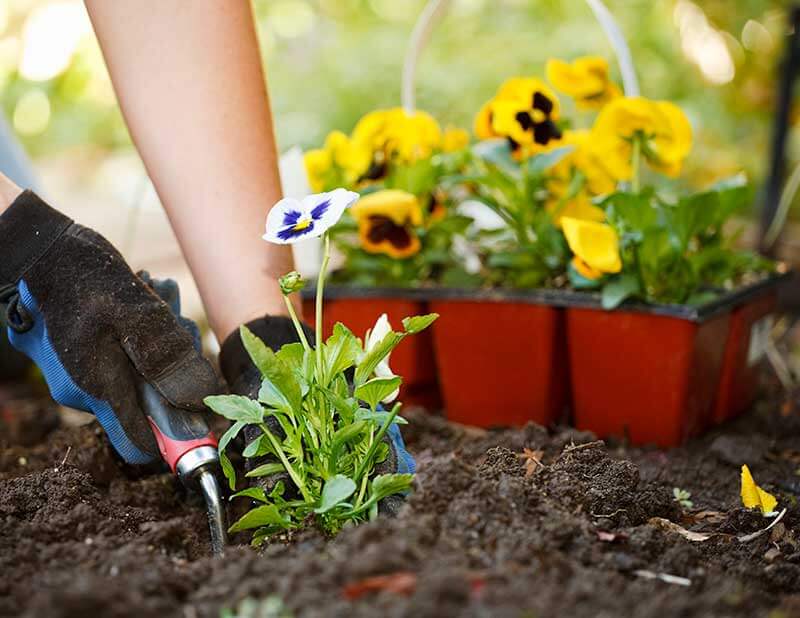
Plant pansies during cool spring or fall months.
Prepping and Planting Pansy Beds
Pansies prefer sites with full, direct morning sun that get shielded from intense afternoon rays. Create a nurturing soil environment for garden pansies by layering 3 inches of Pennington Rejuvenate Natural & Organic Garden Soil Mix over the planting area and incorporating it into your soil. This premium soil mix revitalizes your native soil with essential plant nutrients and soil-enhancing ingredients like earthworm castings, bio-stimulants and sustainably sourced peat to help your pansies thrive.
Work it deep down into soil, and then add a complete, balanced fertilizer, such as Pennington Rejuvenate Plant Food All-Purpose 4-4-4, to give pansies a solid nutritional foundation and revitalize your soil. The blend of organic and natural ingredients in this premium plant food gives your pansies before you dig your holes. Once they're where you want them, dive into planting. Water thoroughly when you're through.
Planting pansies in containers means you're only limited by your imagination. Any arrangement works. Pansies look awesome with ornamental grasses, ornamental kale, perennial herbs, pre-cut stems from shrubs like pussy willows or forsythias — actually, they look great with almost everything. Just be sure and allow enough space for roots and blooms to flourish.
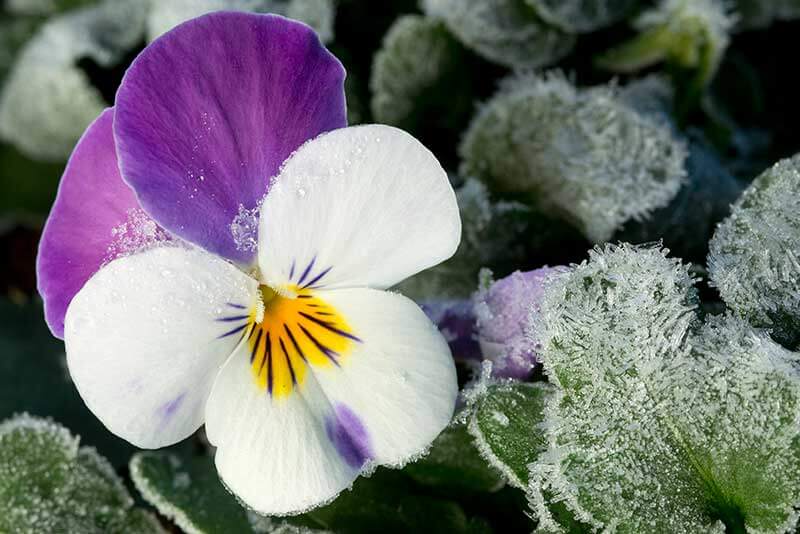
Frosty weather doesn't faze resilient pansy blooms.
Caring for Garden Pansies
If you're only after a single season of spring or fall color, basic planting and care carry pansies through to the end. But if your climate opens the door to wintry displays — or you're banking on a repeat spring performance — give pansy plantings an added boost:
- Feeding: Periodic feedings during active growth fuel prolific pansy blooms. Pennington Rejuvenate Plant Food Rose & Flower 4-6-3 offers complete nutrition with the nutrients pansies need. Plus, you'll get more good things like earthworm castings, humic acids and beneficial microorganisms that work in harmony to help strengthen plants against stress. When fall-planted pansies take a winter break, fertilize in fall and again in spring when the ground thaws and growth begins.
- Watering: Consistent moisture keeps pansy blossoms soft and supple, but roots won't tolerate soggy soil. Water your pansies regularly through the growing season, but allow the soil to dry slightly between waterings. Drier soil conditions in fall help pansies harden off for more resilience against the cold.
- Protecting: Organic mulch protects soil moisture and discourages weeds during flowering season. During cold-climate winters, a protective covering of straw safeguards pansy roots against rapid temperature fluctuations and heaving. Apply straw after the ground freezes, then remove it as soon as snow and ice melt in spring. Don't be surprised to find pansy buds ready and waiting to burst into blooms.
With pansies added to your garden plans, you can count on cool-weather color that extends both ends of the season — and the bliss that waves of pansies bring. At Pennington, we've been helping yard and garden dreams come true for more than three generations. We're glad you're here. Let us help you create a future filled with nature’s beauty, from sustainable lawn alternatives to houseplants to cool-weather pansy blooms.
Always read the product label and follow instructions carefully.


